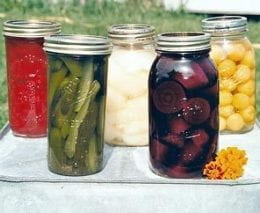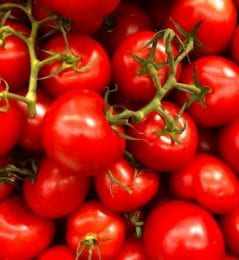 University of Nebraska Extension is hosting a FREE Food Preservation Virtual Learning Series. Each session will include a short presentation and time for discussion and question/answer on any food preservation related topic. All sessions will be taught online through zoom and pre-registration is required. The session details are below:
University of Nebraska Extension is hosting a FREE Food Preservation Virtual Learning Series. Each session will include a short presentation and time for discussion and question/answer on any food preservation related topic. All sessions will be taught online through zoom and pre-registration is required. The session details are below:
- August 5, 6:30 p.m: Food Preservation 101
- August 19, 6:30 p.m: Boiling Water Canning/Steam Canning/Pressure Canning
- September 2, 6:30 p.m: Freezing/Dehydrating
Each Zoom session will be recorded and a link to the recording will be sent to all participants who register. Sessions will be led by Nebraska Extension’s Food Preservation Team.
For more information and to register, please follow this link: https://food.unl.edu/article/home-food-preservation-series
By: Ashley Svaty





